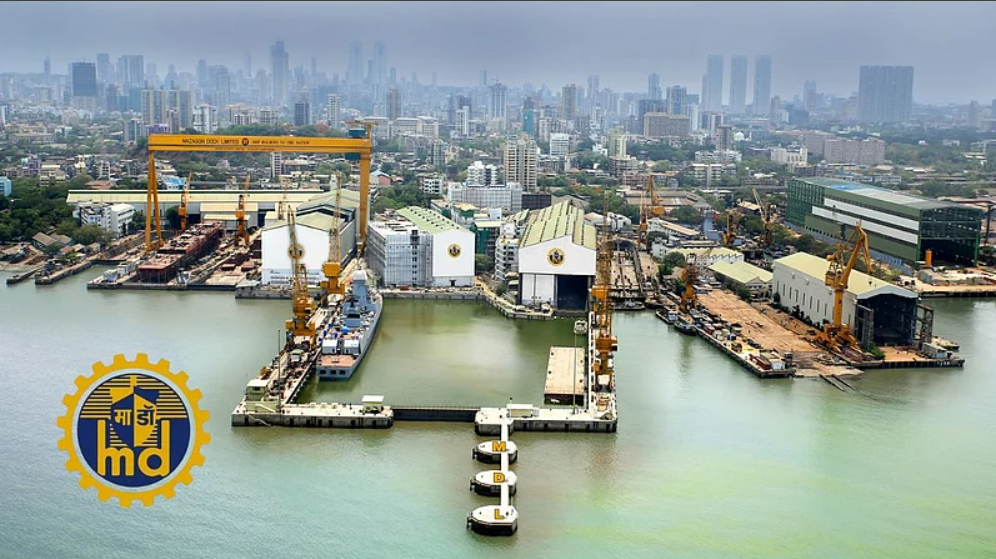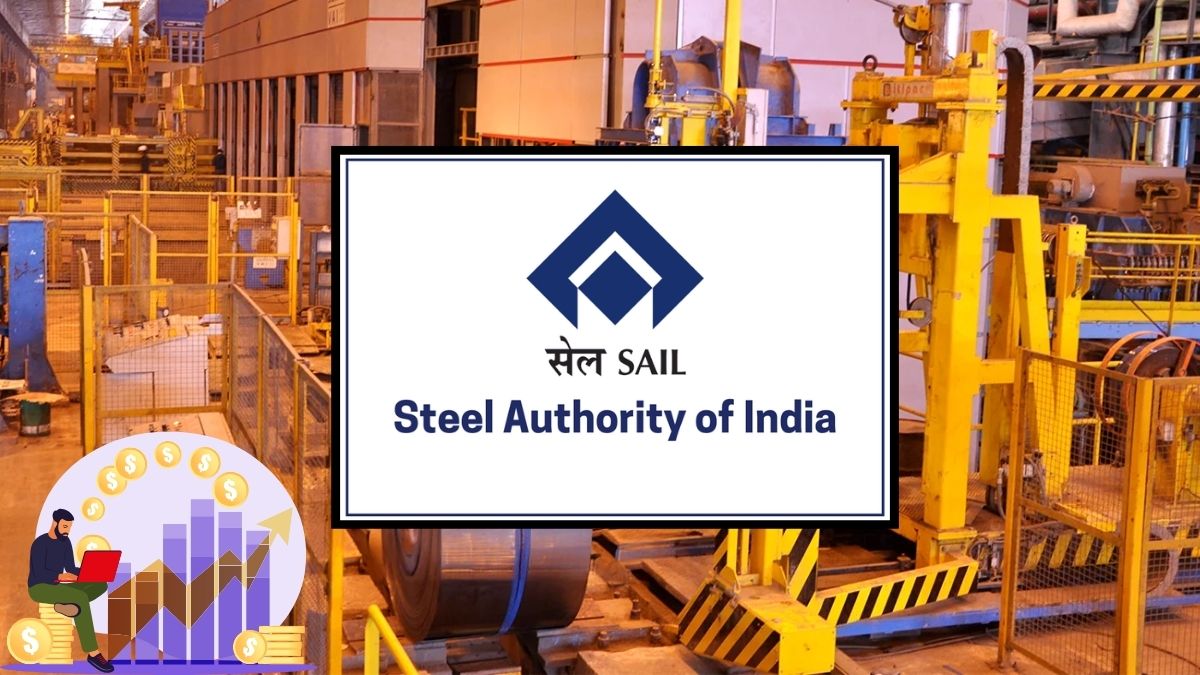Mazagon Dock Shipbuilders, one of India’s premier defence public sector units under the Ministry of Defence, witnessed a notable decline in its share price during Tuesday’s trade. The stock dropped by five percent to hit an intra-day low of Rs 2,645 on the National Stock Exchange. This downturn came on the heels of the company’s weak first-quarter earnings for the financial year 2026, which reported a significant drop in profitability compared to the same period last year.

The company posted a consolidated net profit of Rs 452 crore for the first quarter, down from Rs 696 crore a year ago, marking a thirty-five percent year-on-year decline. Although this figure was an improvement over the net profit of Rs 325 crore in the preceding March quarter, it still failed to meet market expectations and highlighted growing concerns about the company’s operating efficiency.
The sharp fall in net profit can largely be attributed to a steep rise in provisions. In this quarter alone, provisions surged past Rs 540 crore, compared to a negligible amount of just Rs 3 lakh in the corresponding quarter last year. This sudden spike in provisioning suggests that the company has either reassessed some financial risks or faced unexpected liabilities that required immediate accounting. Additionally, employee costs have gone up significantly, adding further strain to the balance sheet.
Procurement costs also nearly doubled, another key factor contributing to the fall in earnings. For a company that operates in a cost-sensitive industry like defence manufacturing, such a sharp increase in procurement expenses can severely affect overall margins. This inflation in input costs reflects rising material and logistics expenses that are likely being passed down from supply chain disruptions or currency impacts.

On the operational front, the company’s performance also showed signs of weakening. Earnings Before Interest, Tax, Depreciation, and Amortisation fell to Rs 301 crore in Q1 FY26, compared to Rs 642 crore in the same quarter last year. That marks a more than fifty-three percent drop in EBITDA. The EBITDA margin also contracted drastically to 11.46 percent from 27.23 percent a year ago, indicating pressure on operating profitability.
Looking at recent stock performance, the pain extends beyond just today’s dip. Over the last five trading sessions, Mazagon Dock’s share price has fallen by eight percent. In the past month, the stock has declined by more than seventeen percent, and over the last six months, it is down around fourteen percent. This extended correction reflects growing concerns among investors about the company’s financial health and whether future earnings can sustain the same momentum seen in earlier quarters.

It’s also worth noting that the company had reported a weaker fourth quarter in the previous financial year. In Q4 FY25, net profit had halved to Rs 325 crore from Rs 662 crore in Q4 FY24. While revenue during that quarter grew slightly by 2.3 percent to Rs 3,174 crore, the operating margins told a different story. EBITDA during Q4 FY25 stood at just Rs 89 crore, a massive eighty-three percent drop on a year-on-year basis. Margins narrowed sharply to 2.82 percent from 16.9 percent in the corresponding period.
This trend of narrowing margins and rising costs over consecutive quarters is creating a cautious sentiment around Mazagon Dock. Despite its strategic position in India's defence sector and a history of large shipbuilding contracts, the current financials are forcing investors to reassess the short-term outlook. Many are now looking at future order inflows, execution timelines, and margin recovery as key indicators for whether the stock can bounce back in the near term.
For now, the sharp drop in profits, combined with increased operational expenses and provisioning, has placed the stock under visible selling pressure. Analysts and investors alike will be watching closely for any signs of margin improvement and operational efficiency in the upcoming quarters.
To stay informed on market movers, Q1 earnings insights, and smart stock strategies, follow You Finance on Instagram and Facebook.















